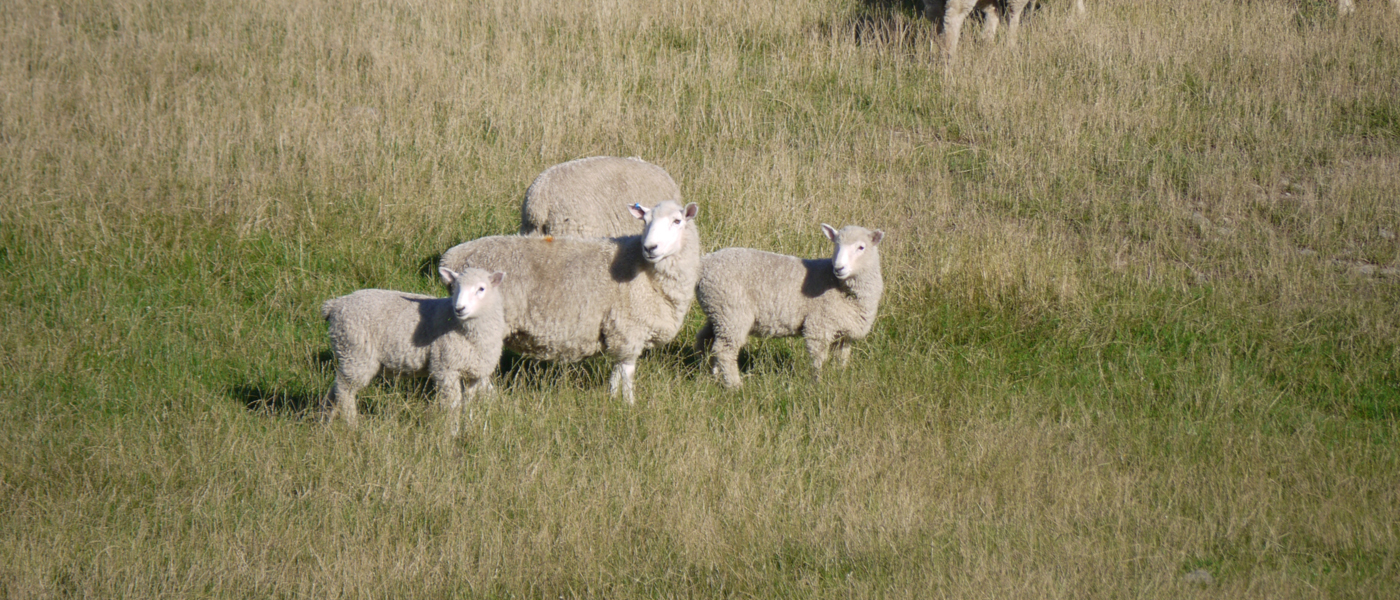
On most New Zealand sheep farms there are “normal” pregnancy losses of around 1-2% from scanning to birth; any pre-lambing losses higher than this are abnormal and should be investigated to identify the cause of abortion.
In any one year, up to 5% of the farms in New Zealand can experience an “abortion storm” with between 25-40% of ewes losing one or more lambs. Common causes of abortion in New Zealand include Campylobacter and Toxoplasmosis, and other less common causes can include Salmonella, Leptospirosis and hairy shaker disease.
Thankfully, there is a vaccine available to help prevent abortions caused by the two most common pathogens, as well as a couple of the less common ones.
Toxoplasmosis Toxoplasma gondii is a small parasite which has an interesting lifecycle and generally requires the presence of cats on a property to facilitate transmission. The parasite eggs can survive on farm for several years after being passed by the cat.
In a recent New Zealand wide survey, 100% of farms had antibody levels for Toxo, indicating previous exposure. Toxo can cause issues at any stage of pregnancy, with early foetal losses through to abortions of mid-term foeti, right the way through to stillborn lambs at full term. The vaccine (Toxovax) should be given at least a month prior to a ewe’s first mating period, and it should then provide her with immunity against Toxo for many years.
Please remember that Toxovax is made to order and is only available for a short time frame prior to mating, so if you are interested in having more information, or in placing an order, please contact your local Vetlife Clinic to get this underway.
Campylobacter Another recent farm survey indicated 80% of farms had exposure to Campylobacter. Campylobacter is probably New Zealand’s most common cause of ovine abortion and may affect breeding ewes of any age, although abortions are more common in the final 3 months of pregnancy.
The typical presentation of a Campy outbreak is a couple of ewes aborting in mid-pregnancy, with a spike in abortions occurring 3-4 weeks later. Campylobacter is quite contagious and can spread between ewes in a flock quite quickly. It is reasonably easy to transmit Campy from one flock to another through fomites such as footwear, tyres, birds etc.
CampyVax4 is a multivalent vaccine which provides protection against two different species of Campylobacter. Ewes should be vaccinated with 2 shots, at 4-8 weeks apart, prior to their first mating. Then administer the final shot at least 4 weeks prior to the planned start of mating, because the injection can cause a depression in voluntary feed intake and potentially interfere with any flushing effect that you are working towards. Previously-vaccinated ewes should be vaccinated annually, again with this injection given about 4 weeks prior to mating.
Salmonella Salmonella has been causing mid- to late-term abortions as well as death in ewes in the southern parts of New Zealand for the last two decades, but these can now be prevented by the use of a Salmonella vaccine at ram introduction and then ram removal or scanning.
Again, this vaccine needs to have a sensitiser and booster shot about 4-8 weeks apart in animals which have not previously been vaccinated. Ewes need an annual booster shot every season. The booster shots should be given at least 2-3 weeks prior to the risk period.
Ben Finlayson Vetlife Oxford